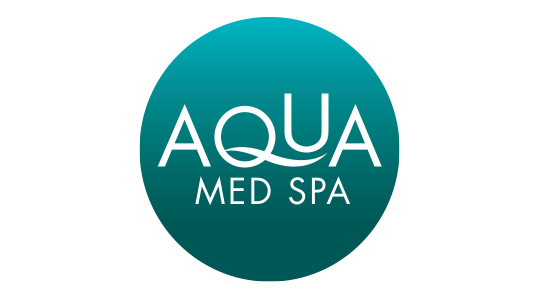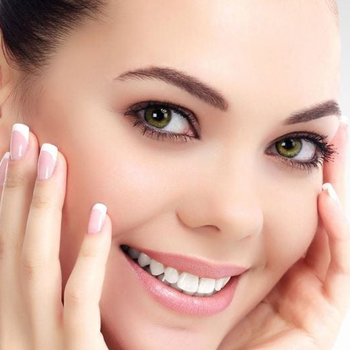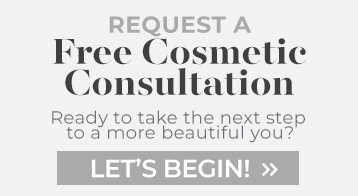 Move toward a natural look.
Move toward a natural look.
Wrinkles aren’t your style and “frozen face” isn’t either. For adults who want a natural look, there’s Dysport, a prescription injection proven to help smooth the appearance of moderate to severe frown lines without changing the look or movement of the rest of your face. Untreated muscles still work normally, so you can continue to express feelings naturally. It’s the lines that disappear, not your expressions.
How does Dysport work?
One injection. Five points. Loads of confidence.
Dysport treats moderate to severe frown lines by reducing specific muscle activity. Wrinkles are caused by repeated movements and muscle contractions, which means they can even develop in younger adults. One injection into each of 5 points between and above the eyebrows temporarily prevents muscle contractions that cause frown lines, leaving the rest of your face to move naturally. In other words, no frozen face, just natural-looking results. You can control your look instead of your look controlling you. That’s the Dysport difference.
How long does Dysport last?
Forget frown lines for up to 4 months.
You’ve got better things to do than think about what your forehead wrinkles look like. In just one 10 to 20 minute treatment, Dysport may help improve the look of your frown lines for up to 4 months. The majority of patients see improvement in just 2–3 days after treatment. Results of repeat treatments may be comparable to your first use. Another plus? There is little to no downtime after your treatment, which means you can get back to your day faster.
Questions & Answers
What is botulinum toxin type A?
Botulinum toxin is a purified substance that’s derived from bacteria. Commonly known types of botulinum toxin type A injections include Botox and Dysport.
Injections of botulinum toxin blocks muscular nerve signals, which then weakens the muscle so it can’t contract. The end result is diminished unwanted facial wrinkles.
Botulinum toxin can be used to help smooth:
- Crow’s feet
- Forehead furrows
- Frown lines
- Skin bands on the neck
Botulinum toxin injections cost
Your cost will be based on your individual plan and procedure.
Call us at (352) 629-8154 to set up a FREE Consultation.
We offer patient financing plans, so be sure to ask.
Costs may include:
- Prescriptions for medication
- Surgeon’s fee
- Surgical facility costs
When choosing a board-certified plastic surgeon for botulinum toxin, remember that the surgeon’s experience and your comfort with him or her are just as important as the final cost of the procedure.
Botulinum toxin candidates
Smiling, frowning, squinting, and even chewing – basically any facial movement – can eventually lead to one of the most common signs of aging: wrinkles. They can make you appear tired or even angry when you are not. One of the quickest and safest remedies to remove wrinkles is an injection of botulinum toxin type A.
Botulinum toxin can be combined with other cosmetic skin procedures – such as chemical peels, dermal fillers, or microdermabrasion – to further improve your results. This combination of therapies can even help to prevent the formation of new lines and wrinkles.
Botulinum toxin before and after results
You may notice results within a few days, but it can take up to a week to see the full effect. This improvement typically lasts about three to four months.
When the effects of botulinum toxin begin to fade, your muscle reactions and the wrinkles will return.
Botulinum toxin procedure
Injections of botulinum toxin may seem like a simple procedure to you, since it’s just a few shots. But it’s actually both an art and science that only an experienced healthcare professional should do.
There are 43 muscles in your face and it’s vital that the person who performs botulinum toxin injections understands and pinpoints the correct spots to optimize your treatment.
A very thin needle is used to inject small amounts of botulinum toxin into specific muscles.
By carefully choosing specific muscles, your healthcare provider weakens only the wrinkle-producing muscles, preserving your natural facial expressions.
Botulinum toxin treatment injections usually take less than 15 minutes.
The number of injections you need will depend on your facial features and the extent of your wrinkles. Crow’s feet, for example, usually demand two to three injections. Furrows above your brow could take five or more.
Botulinum toxin recovery
No anesthesia is required. There is no down time or recovery time for botulinum toxin injections.
You may resume normal activities immediately.
One note of caution: Don’t rub or massage the treated areas after the wrinkle treatment because it can cause the botulinum toxin to migrate to another area of your face. If this happens, you could have temporary facial weakness or drooping.
Botulinum toxin risks and safety information
You may resume normal activities immediately.
One note of caution: Don’t rub or massage the treated areas after the wrinkle treatment because it can cause the botulinum toxin to migrate to another area of your face. If this happens, you could have temporary facial weakness or drooping.
Although generally safe, botulinum toxin side effects and complications can include:
- Bruising and pain at the injection site
- Flu-like symptoms
- Headache
- Nausea
- Redness
- Temporary facial weakness or drooping
- Very rarely, the toxin can spread beyond the treatment area, which can cause botulism-like signs and symptoms such as breathing problems, trouble swallowing, muscle weakness, and slurred speech.
Your botulinum toxin consultation
During your botulinum toxin consultation be prepared to discuss:
- Your goals
- Medical conditions, drug allergies, and medical treatments
- Current medications, vitamins, herbal supplements, alcohol, tobacco, and drugs
Your plastic surgeon may also:
- Evaluate your general health status and any pre-existing health conditions or risk factors
- Discuss likely outcomes and any risks or potential complications
Botulinum toxin is a non-surgical injection that’s given in your plastic surgeon’s office.
Be sure to ask questions. To help, we have prepared a checklist of questions to ask during your botulinum toxin consultation (see tab titled “Questions to ask your plastic surgeon”).
It’s natural to feel some anxiety, whether it’s excitement for your anticipated new look or a bit of stress. Don’t be shy about discussing these feelings with your plastic surgeon.
Questions to ask my plastic surgeon
Use this checklist as a guide during your botulinum toxin consultation:
- Are you certified by the American Board of Plastic Surgery?
- Were you specifically trained in the field of plastic surgery?
- Is the office-based surgical facility accredited by a nationally- or state-recognized accrediting agency, or is it state-licensed or Medicare-certified?
- Am I a good candidate for botulinum toxin?
- What will be expected of me to get the best results?
- Who will perform the botulinum toxin injections?
- Have they been specifically trained in this procedure?
- Where and how will you perform my procedure or treatment?
- How long of a recovery period can I expect?
- What are the risks and possible complications associated with my procedure?
- How can I expect to look over time?
- Do you have before-and-after photos I can look at for this procedure
- What results are reasonable for me?
Choose a plastic surgeon you can trust
The decision to have botulinum toxin type A injections involves many choices. The first and most important is selecting a member of the American Society of Plastic Surgeons (ASPS) surgeon you can trust.
- ASPS member surgeons meet rigorous standards:
- Board certification by the American Board of Plastic Surgery® (ABPS) or in Canada by The Royal College of Physicians and Surgeons of Canada®
- Complete at least six years of surgical training following medical school with a minimum of three years of plastic surgery residency training
- Pass comprehensive oral and written exams
- Graduate from an accredited medical school
- Complete continuing medical education, including patient safety, each year
- Perform surgery in accredited, state-licensed, or Medicare-certified surgical facilities
Do not be confused by other official sounding boards and certifications.
The ABPS is recognized by the American Board of Medical Specialties (ABMS), which has approved medical specialty boards since 1934. There is no ABMS recognized certifying board with “cosmetic surgery” in its name.
By choosing a member of the American Society of Plastic Surgeons, you can be assured that you are choosing a qualified, highly trained plastic surgeon who is board-certified by the ABPS or The Royal College of Physicians and Surgeons of Canada.
Q&A Content Copyright © American Society of Plastic Surgeons









